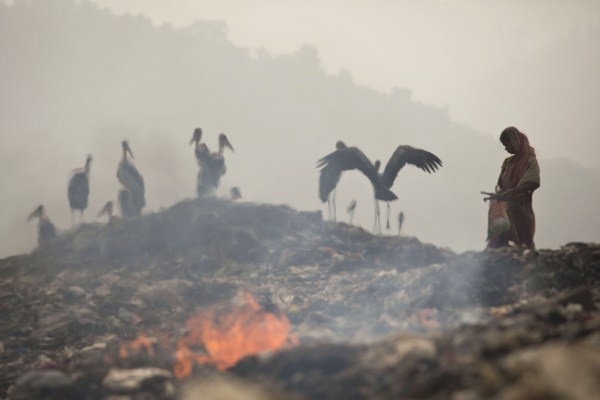The United States and China surprised other G-20 members when they announced a new agreement last week on curbing greenhouse gas emissions just a few days prior to the group’s summit in Australia. But the G-20 member who perhaps noted this development more than others is India, currently the world’s fourth-largest greenhouse gas emitter.
India was taken off guard by what amounts to China’s first step back from its previous ironclad refusal to make any binding commitments on limiting overall emissions. New Delhi is now preparing to fend off greater pressure directed its way to make similar pledges in the run-up to the 2015 United Nations Climate Change Conference in Paris. India is likely to emphasize how it differs from the U.S. and China in terms of its developmental status, while holding out the carrot of investment opportunities to global companies in the clean technology sector as New Delhi looks to embark on a new phase of industrial growth.
India has sought to downplay the current excitement surrounding the secretly negotiated U.S.-China agreement by officially stating that it was a “good beginning,” but not ambitious enough. India points out that the agreement, in which the U.S. pledged to reduce emissions by 25 percent or more by 2025 from 2005 levels and China committed to “peak” emissions by 2030 or earlier, will not do nearly enough to avoid the dreaded 2 degree Celsius rise in global temperatures, which scientists warn is the point of no return for a future of dangerous and irreversible warming. Avoiding that internationally accepted climate goal requires much bigger commitments from the world’s two largest polluters.

